The GPF Method
Your Path to Pain-Free Living
At Pinnacle Integrative Health, we’re not just about treating pain—we’re about eliminating it, restoring vitality, and giving you your life back. Enter The GPF Method, a revolutionary, non-surgical, five-step approach designed to bring balance, function, and long-term relief to your body.
This isn’t just another treatment plan—it’s the culmination of 11 years of clinical innovation and over 10,000 procedures. By combining cutting-edge therapies into a single program, we’ve created an exclusive, comprehensive solution to address tissue damage and degeneration caused by wear and tear, inflammation, or trauma.
The GPF Method
The ONLY non-surgical method to pain relief. Exclusively at Pinnacle Integrative Health
For more on this game-changing method, check out Daniel’s podcast presentation
Trust us, it’s worth a listen
What Makes the GPF Method Unique?
At Pinnacle, we combine advanced therapies, including:
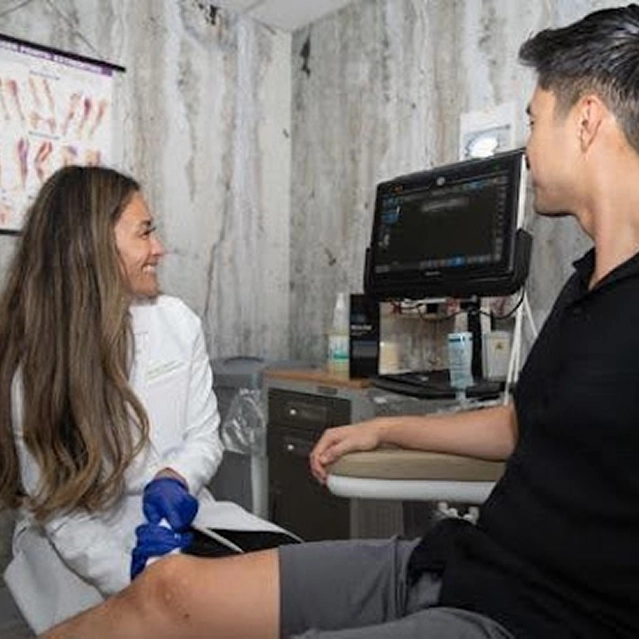
A2M Therapy
Alpha-2-Macroglobulin (A2M) is a naturally occurring protein in your blood that inhibits enzymes responsible for cartilage breakdown. Research indicates that concentrated A2M injections can protect joint cartilage and potentially halt the progression of osteoarthritis.
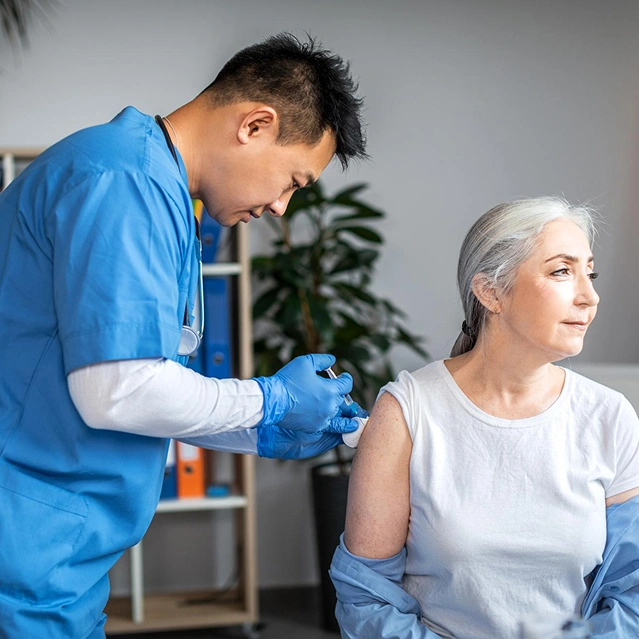
PRP Therapy
Platelet-Rich Plasma (PRP) utilizes components from your own blood to promote healing. Studies have shown that PRP can aid in tissue regeneration and reduce pain in various musculoskeletal conditions.
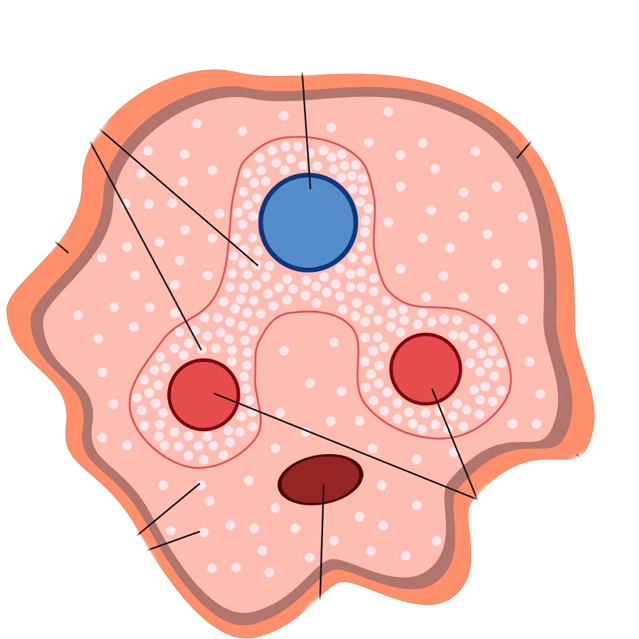
Wharton’s Jelly Allograft
Derived from the umbilical cord, Wharton’s Jelly is rich in medicinal signaling cells that provide structural support and promote tissue repair. Its application in regenerative medicine has shown promising results in enhancing joint function.
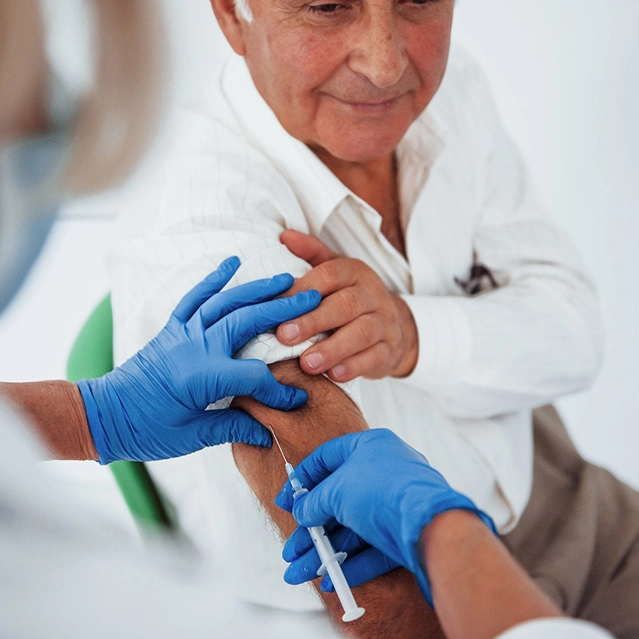
Ozone Therapy
This therapy uses activated oxygen to stimulate healing and reduce inflammation. Ozone therapy has been found to improve oxygenation and support the body’s natural healing processes.
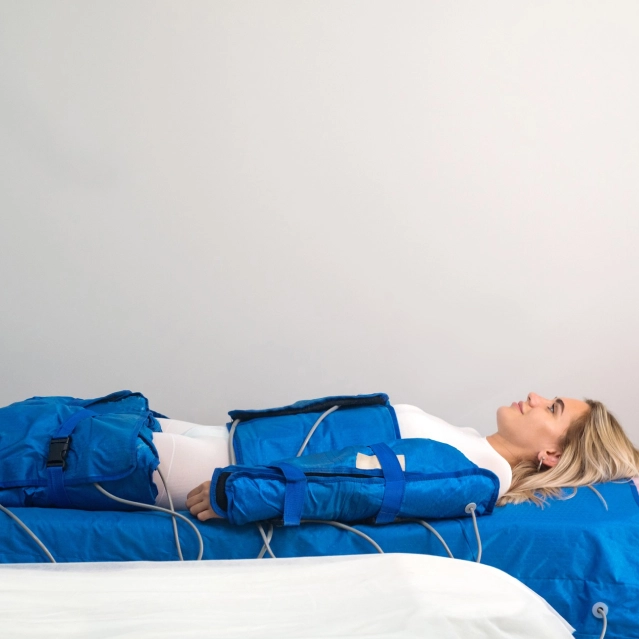
FlowPresso Therapy
An FDA-cleared medical device that enhances lymphatic circulation, improves recovery, and promotes relaxation at a cellular level. FlowPresso combines compression, heat, and deep pressure therapies to support overall health.
This synergistic approach cushions and supports damaged tissues while signaling natural regeneration for long-term repair. It’s minimally invasive, highly effective, and, dare we say, a pain-relieving masterpiece.
The Five Steps of the GPF Method
Remove
Tackle inflammation head-on, creating the foundation for healing.
Repair & Rebuild
Provide cushioning and enhance cellular signaling for tissue support.
Restore
Improve function, mobility, and comfort.
Rebalance
Accelerate healing with advanced therapies.
Stabilize
Lock in long-term results with physical therapy and follow-ups.
What to Expect on Your Journey
Exam Day
Your GPF journey begins with a thorough, personalized orthopedic exam with ultrasound imaging to determine if you are a candidate and if so, create your tailored treatment program based on The GPF Method.
Visit 1
Remove Inflammation
A2M Therapy
A powerful protease inhibitor that protects joint tissue and reduces inflammation.
FlowPresso Therapy
Enhances circulation, detoxifies, and promotes healing through compression and heat.
Visit 2
Restore Function
Platelet-Rich Plasma (PRP)
Delivers concentrated healing factors directly to the affected area.
FlowPresso Therapy
Supports tissue repair and circulation.
Visit 3
Rebalance
Ozone Therapy
Uses activated oxygen to speed up the healing process.
FlowPresso Therapy
Further promotes tissue repair.
Visit 4
Structural Support, Cushioning, Signaling
Wharton’s Jelly Allograft
Provides structural support and promotes tissue repair with medicinal signaling cells.
FlowPresso Therapy
Continues to enhance circulation for optimized healing.
MONTHS
2-6Post Injections
Stabilize
Physical Therapy
Strengthens and stabilizes your progress.
Follow-Up Visits
Scheduled at 3 and 6 months to ensure you’re exceeding expectations.
Our 1-Year Goals for You
By the end of your GPF Method journey, we aim to:
Restore your function.
Eliminate your pain.
Enhance your overall quality of life.
Exceed your expectations by surprising and delighting you with transformative results.

GPF METHOD™ vs Other
Regenerative Medicine Clinics
| Feature | GPF METHOD™ (Pinnacle) |
Typical Stem Cell Clinics |
|---|---|---|
| 1. Stem Cell Source | Donated perinatal (Wharton’s Jelly) | Bone Marrow Aspirate or Adipose Tissue |
| 2. Cell Age | Young, high vitality | Aged (from your own declining cells) |
| 3. Procedure Type | Minimally invasive, no anesthesia | Painful aspiration or liposuction |
| 4. Cell Potency | High concentration MSCs | Lower yield from bone marrow/adipose |
| 5. Therapy Stack | A2M + PRP + Ozone + Peptides + Light | Often just PRP or single-cell injection |
| 6. Customization | 100% personalized protocols | One-size-fits-most approach |
Start Your Recovery Journey Today
Why wait to feel amazing? Schedule a consultation and discover how the GPF Method can help you rediscover your spark, vitality, and pain-free life.
Experience the GPF Method and rediscover your spark. Contact us to schedule your consultation and begin your transformation!
